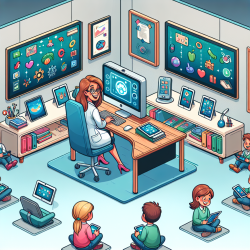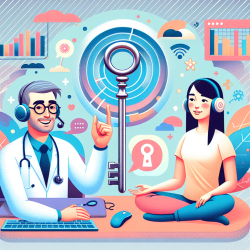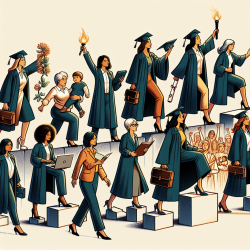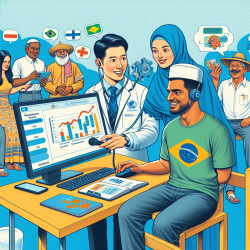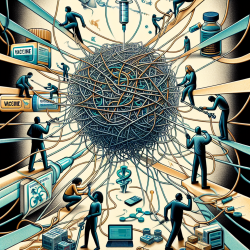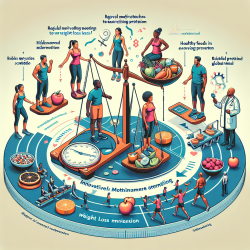As therapists and educators working within the realm of speech pathology and audiology, the landscape of our practice is continually evolving. With the rapid advancement of technology, particularly in the realm of microcomputers, we find ourselves at a crossroads: Do we view technology as a master, dictating the direction of our profession, or as a servant, a tool to be wielded with precision and purpose to enhance our practice and patient outcomes? Drawing from the insights of Elaine Heaton's article, Microcomputers - Master or Servant?, we explore how we can improve our skills by implementing the outcomes of research or encouraging further exploration into the integration of technology within our field.
When we reflect on the past, it's clear that technology has always played a role in our profession. From the simple tape recorder to the audiometer, these tools have been instrumental in advancing our practice. However, as Heaton notes, the explosion of technology, particularly with the advent of microcomputers, has introduced new dimensions to our therapeutic strategies, especially in the areas of augmentative communication and assistive devices. The potential for technology to enhance the quality of life for individuals, particularly those with severe physical disabilities, is immense. Through technology, avenues for enhanced communication, education, and recreational opportunities have opened, offering independence and control that were previously unimaginable.
Yet, as we embrace these technological advances, we must also heed Heaton's caution. The allure of new technology can sometimes overshadow the value of less glamorous, traditional intervention strategies. It's crucial that we do not adopt a "let's just try it and see" attitude. Instead, we must approach the integration of technology with a clear rationale, systematically analyzing the problems we aim to address and ensuring that our choices are in the best interest of our patients and their families.
Furthermore, the role of technology extends beyond augmentative communication devices. Speech science instrumentation, powered by microprocessors, allows us to quantify physiological parameters of communication more efficiently, potentially paving the way for biofeedback training in therapy. The question then becomes, should every clinician become computer-literate and integrate personal computers into their practice? According to Heaton, the answer is a qualified yes. The integration of technology, when used creatively as an adjunct to therapy and diagnostics, can significantly enhance our practice. From computer-assisted instruction to language transcript analysis and the development of disorder-specific databases, technology can streamline many aspects of our work, allowing us to focus more on direct patient care.
However, the economic constraints cannot be ignored. While the potential benefits of integrating microcomputers and other forms of instrumentation into our practice are clear, the current economic situation may limit the ability of employers to provide these resources. It is, therefore, our responsibility to stay informed about how we can use technology to our professional advantage and be ready to incorporate it into our repertoire when the opportunity arises.
Heaton's digital analogue crystal ball predicts that microcomputers will alter the way we spend time with our patients, freeing us to engage in more meaningful activities and offering us the opportunity to quantify and describe the parameters of communication disorders more precisely. This prediction underscores the potential of technology to transform our practice, but only if we embrace it with an open mind and a willingness to integrate it creatively into our professional identity.
In conclusion, the integration of microcomputers and technology into our practice offers a plethora of opportunities to enhance patient outcomes, streamline our work, and explore new avenues for learning and communication. However, this integration must be approached with caution, ensuring that technology serves as a tool to augment our skills and not as a replacement for the fundamental therapeutic relationships we build with our patients. As we navigate the ever-evolving landscape of our profession, let us remain committed to leveraging technology to serve our patients and our practice better.
To read the original research paper, please follow this link: Microcomputers - Master or Servant?
